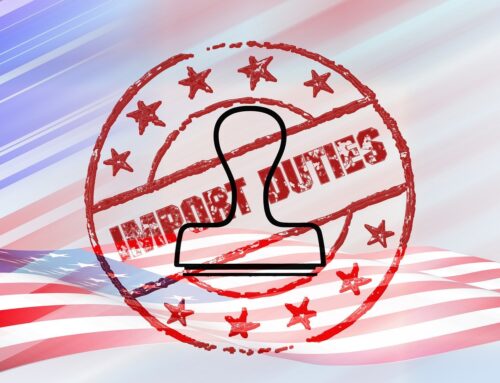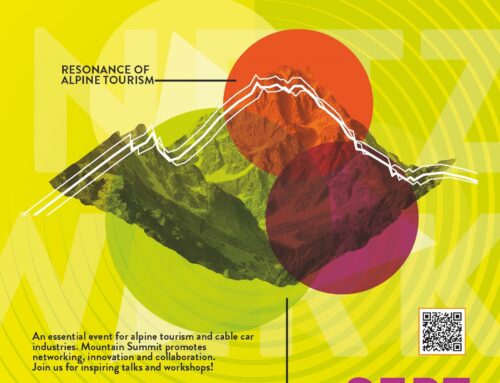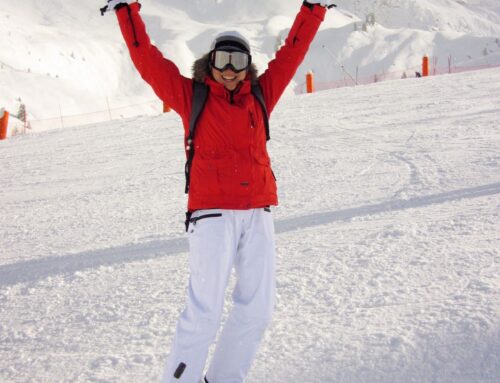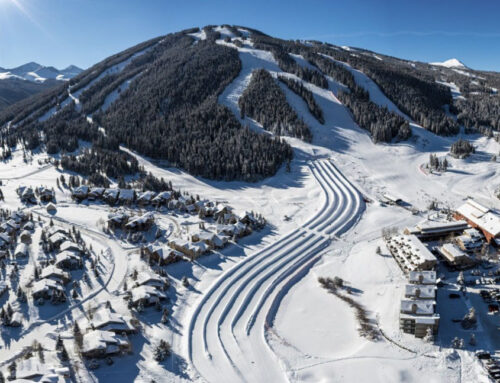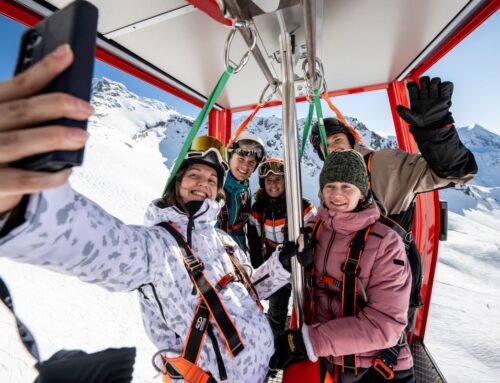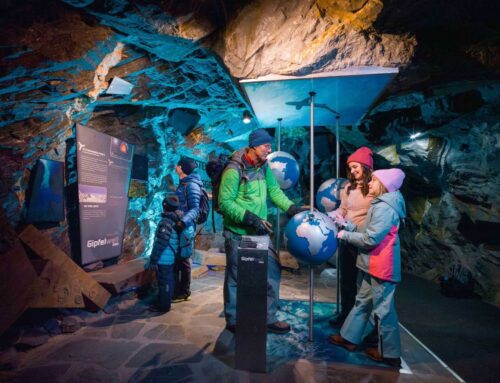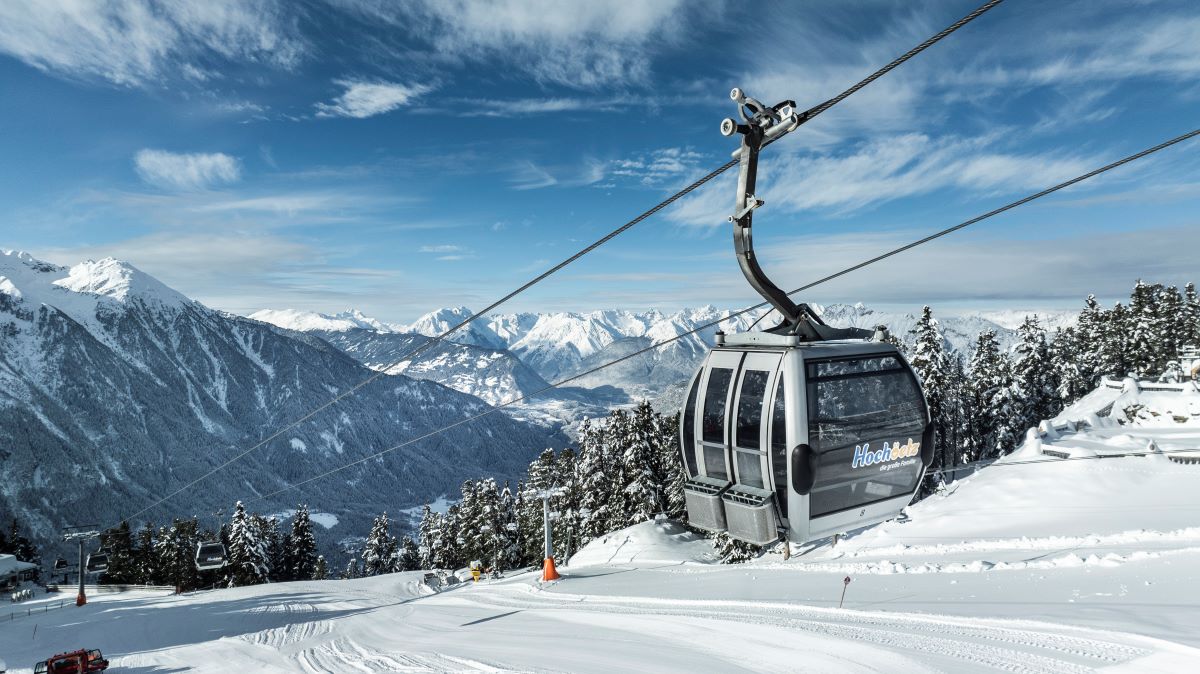
Management & Tourism, SI World 1/2024
Communication in crisis
SI Magazin: How did you experience the accident including the cabin crash and the immediate aftermath?
Michaela Burger: In the initial moment, one can‘t believe it‘s true. Yet one knows it must be true because nobody jokes about such an incident.
How did you approach communication?
I am the head of the crisis management team at Bergbahnen Hochoetz and responsible for communication in that capacity. My first call was to the hotline of our crisis communication partner P8 in Innsbruck, with the aim of immediately initiating communication efforts.
How prepared were you for the worstcase scenario, and to what extent did this preparation help?
We regularly train procedures in case of a crisis situation, including various communication-related crises. However, we had not envisioned such an extreme case during our training sessions. Nevertheless, practicing communication procedures greatly helped us.
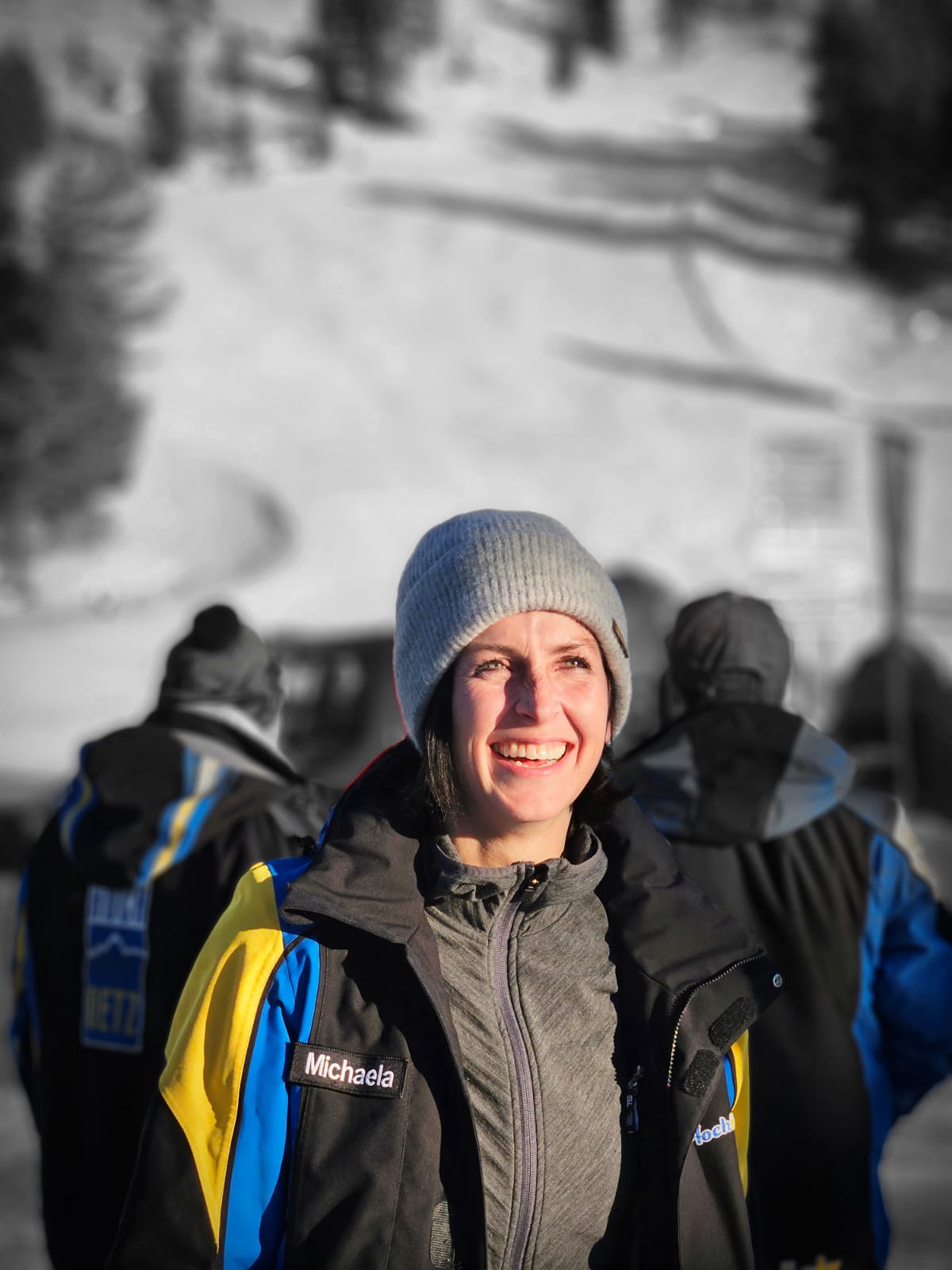
Michaela Burger,
CEO Bergbahnen Hochoetz
You mentioned P8. How specifically did the collaboration occur?
P8 is our partner in crisis communication. Once a year, we conduct workshops to practice procedures based on a crisis manual that is continuously updated and supplemented.
How did you act immediately after the accident?
We had a clear distribution of roles within the team. Everyone knew what their tasks were.
How did you handle press relations?
We, along with P8, drafted an initial press release within 20 minutes and sent it to the media. This swift action allowed us to maintain control over the communication as much as possible.
Crisis communication tips
Basics:
- Crisis readiness 24/7/365
- Active communication – initial reports within 60 minutes after the occurrence of the event to the media
Subsequently:
- Media work – sending further current information to the media
- Preparation of internal wordings
- Media support including coordination of interview requests & media appointments
- Monitoring of traditional media and social media
- An external perspective helps to maintain an overview during the crisis
Requirements:
- Annual workshops and exercises on crisis scenarios
- Crisis manual, continuously updated
© P8 Marketing, Benjamin Rohrer, www.p8.eu
Hubert Juen, the district police commander of Imst, played a central role in providing information about the accident. Why?
We were in very close coordination with the police, who had internally arranged that only the district police commander could provide information. It‘s important to know that the police only share verified information.
Communication involves not only the media but also numerous other groups. How did you approach this?
We used our press releases to inform other groups, such as accommodation providers, the tourism association, and the owners. Equally essential is informing our own employees.
What are the key takeaways for you after the accident?
I‘m glad to see that as a team, we “functioned“ very well during the crisis, and everyone could rely on each other. My central advice is to conduct crisis training regularly. In case of an emergency, one is then very grateful to have an established, professional crisis communication structure in place.

